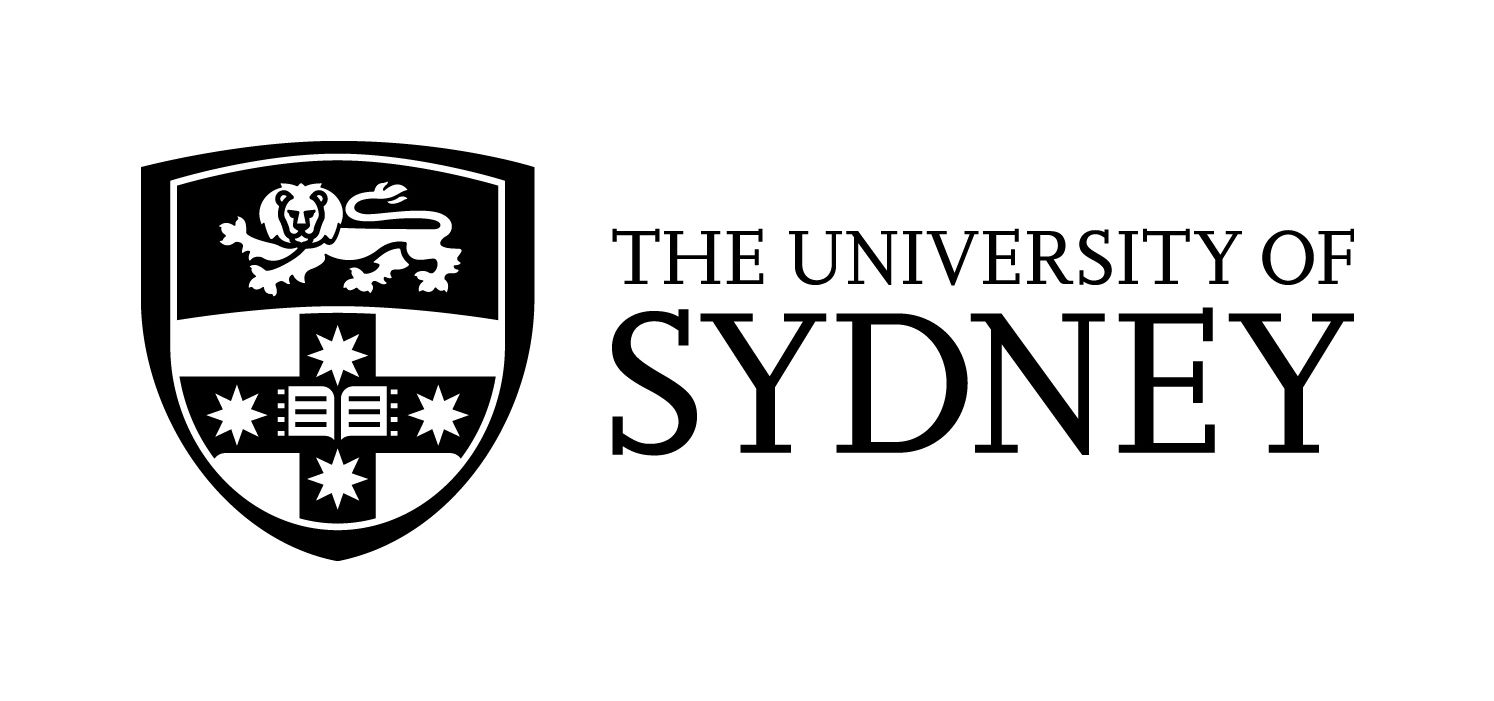Full description
The synthesis of praziquantel (PZQ) molecules dataset is an output of an open science research project led by the Todd Research Group at the University of Sydney. The project aims to synthesise enantiopure praziquantel (PZQ), to be used in the treatment of the disease Schistosomiasis (Bilharzia). Schistosomiasis is a parasitic disease that affects over 200 million people in the developing world. PZQ is currently synthesised and administered as a racemate, but only one enantiomer is active. The other enantiomer is associated with unpleasant side effects. The project team are working towards an inexpensive and enantioselective synthesis of the PZQ molecule. The synthesis of this molecule has to be very cheap, and therefore able to be made widely available at a low cost. The project team has therefore taken an open source approach to this project - the entire data collection is available online via the The Synaptic Leap website and Electronic Lab Notebooks, and open sharing of the data is encouraged.
Primary data collection and analysis was undertaken by two post-doctoral researchers, Dr Michael Woefle and Dr Murray Robertson. Additional work was contributed by other members of the Todd Research Group and the open science/open data community.
The data collection includes a mix of standard and proprietary formats. Data is generated in the form of chemical samples, instrument data, tables, text/notes and chemical diagrams. Raw samples are refrigerated, but change over time and are not retained. Samples are tested using a Nuclear Magnetic Resonance (NMR) machine, and the resulting instrument data, and lab notes are collected as working data. The NMR machine generates data in a proprietary .FID (Free Induction Decay) format. .FID files are stored on the University of Sydney Research Data Store (RDS), and the resulting chemical diagrams and other related data have been made publicly available online via the Electronic Lab Notebooks. Image formats include .jpeg (.jpg) and .tiff; text formats include .txt and .html, and risk and safety documentation is available in .pdf format. Because the research project is conducted openly and online, there is also a large amount of supporting data available in the form of blog posts, online discussions and other web correspondence.
User Contributed Tags
Login to tag this record with meaningful keywords to make it easier to discover
- Local : rdmp.sydney.edu.au/redbox/published/detail/72dc335dfd9f92ec54a6c5aed601b3fc


